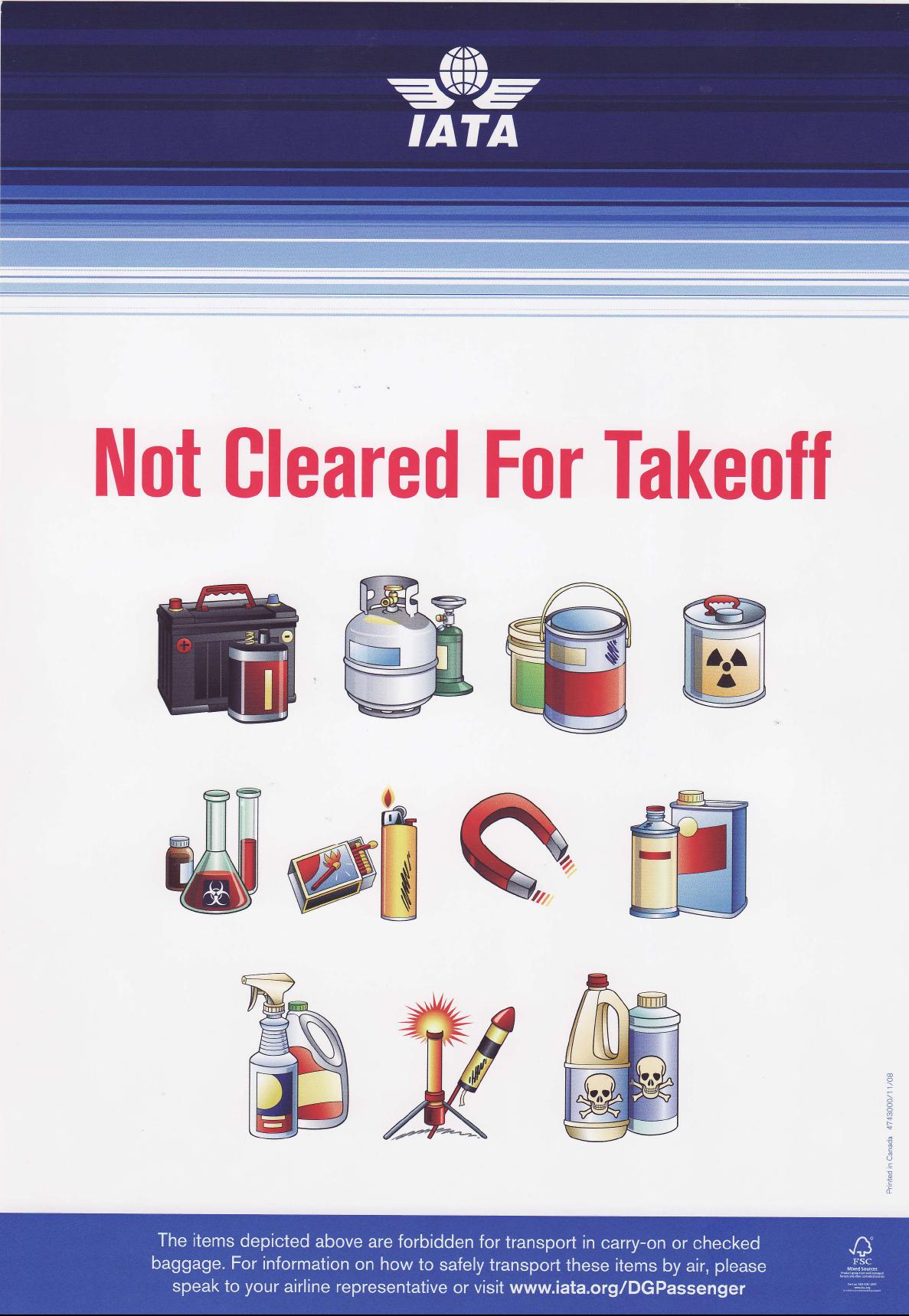

Dangerous goods
Below is a list of goods that are not allowed to be carried at the airport, ensuring compliance with security regulations.

Dangerous goods
For safety reasons, the following dangerous goods are not allowed in passenger
baggage:
list of dangerous goods
Incapacitating agents – such as stun guns, tear gas, and similar items containing irritants or incapacitating substances
Electroshock weapons – containing dangerous components such as explosives, compressed gases, or lithium batteries
Protective briefcases, metal safes, and money bags – containing dangerous items like lithium batteries or pyrotechnic materials
Medical oxygen devices – for personal use that rely on liquid oxygen
Explosives – ammunition, fireworks, flares, and similar items
Gases (flammable, non-flammable, and toxic) – including butane, propane, and camping gas
Flammable liquids – such as acetone, lighter fuel, and cartridges, unprotected fuel-air lighters, as well as paints and thinners
Flammable solids and self-igniting substances – including strike-anywhere matches and easily combustible items
Substances that emit flammable gases upon contact with water
Oxidizing substances and organic peroxides – such as bleaching agents and peroxides
Toxic and infectious substances – including arsenic, cyanide, insecticides, mercury, and various bacteria and viruses
Radioactive materials
Corrosive substances – such as acids, alkalis, and wet batteries
Other restricted items – including magnetized materials, strong-smelling substances, and irritants
More information about dangerous goods
Air carriers and individual countries have the right to refuse the transport of specific dangerous goods in the interest of aviation safety and security.
For details regarding the transport of dangerous goods, contact your airline at least 24 hours before your flight.